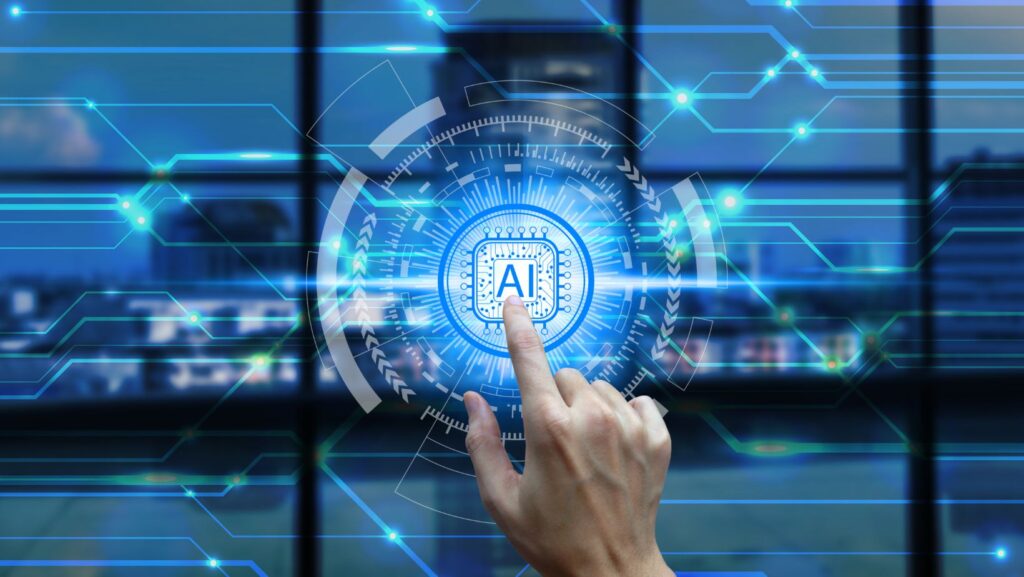Artificial intelligence (AI) has moved beyond the realms of research labs and high-tech industries to profoundly impact our daily lives. One of the most intriguing areas where AI has made its presence felt is in social interactions, both online and offline. AI influences how we connect with others, understand emotions, and bridge language barriers. This article explores AI’s role in enhancing, modifying, and sometimes complicating our social interactions.
Enhancing Communication Through Chatbots and Virtual Assistants
AI-driven chatbots and virtual assistants have revolutionized how people communicate with businesses, seek customer service, engage with cricket match odds, and access information. Whether it’s customer support chatbots or personal virtual assistants like Siri or Alexa, these AI-driven technologies facilitate quick and efficient interaction with individuals or brands.
For instance, chatbots reduce wait times and provide instant responses in customer service, allowing customers to resolve issues without human intervention. AI-driven assistants in apps and devices can manage tasks like sending reminders, scheduling meetings, or providing quick answers, making interpersonal communication and collaboration easier. Chatbots can also assist in interpersonal relationships by helping individuals track and remember important dates or suggesting reminders for social occasions, adding a layer of emotional support and prompting that can strengthen personal bonds.
AI in Social Media: Personalization and Recommendation Algorithms
Social media platforms such as Facebook, Instagram, Twitter, and TikTok use sophisticated AI algorithms to personalize content feeds, suggest friends or connections, and recommend content that aligns with a user’s preferences. AI curates personalized news feeds and tailors content recommendations based on user interactions, search history, and online behavior.
While this can enhance the social experience by making interactions more relevant, it can also lead to challenges, such as echo chambers where individuals are primarily exposed to content that aligns with their existing beliefs.

This AI-driven reinforcement of personal biases can impact social interactions by limiting diverse perspectives and contributing to the polarization of views. The need for balanced AI systems that provide a broader range of content is increasingly recognized as essential for fostering healthy online interactions.
Emotional AI: Recognizing and Responding to Human Emotions
A rapidly growing field in AI is emotional recognition, where systems can identify and respond to human emotions. Emotional AI uses algorithms to analyze facial expressions, voice tone, and physiological signals to interpret emotional states. This technology is already in use in customer service, mental health support, and education, where it helps monitor students’ engagement levels and provides emotional support to individuals in need.
However, the presence of emotional AI also raises questions about privacy and the ethics of emotional manipulation. For example, should an AI be permitted to read and react to emotions during a customer interaction? Despite these concerns, emotional AI holds the potential to bridge social gaps by enhancing empathetic communication in contexts like telehealth consultations, online therapy, and remote customer service.
AI-Driven Translation Tools: Bridging Language Barriers
One of AI’s remarkable impacts on social interactions is breaking down language barriers. AI-driven translation tools, such as Google Translate or Microsoft Translator, allow people who speak different languages to communicate in real-time. Similarly, the Transifex mobile app translation tool provides businesses and individuals with the ability to connect seamlessly across languages, offering convenience and accessibility on the go. These tools enhance international communication in personal and professional contexts, making it easier for people from diverse linguistic backgrounds to interact.
Recently, AI-driven tools have become more advanced, incorporating nuances such as context and colloquialisms to produce more accurate translations. AI-driven translators foster inclusivity and understanding in social interactions by improving cross-cultural communication. While some linguistic subtleties are still challenging for AI to interpret fully, ongoing advancements suggest that AI translation tools will only improve, making global social connections even more seamless.
Virtual Companions and Social Robots
AI has also found its place in social companionship through virtual companions and social robots designed to offer people social interaction, emotional support, and companionship. Examples include apps like Replika, an AI chatbot friend, and social robots such as Sony’s Aibo or SoftBank’s Pepper, which interact with users to provide a sense of connection and emotional support.

For the elderly, people with disabilities, or those experiencing loneliness, AI companions can help fulfill social needs by providing companionship and enhancing mental well-being. In healthcare, AI companions offer support for patients with chronic conditions or mental health issues, reminding them to take medications or providing positive reinforcement during emotional distress.
While AI companions do not replace human relationships, they can serve as valuable additions for individuals needing a friend or confidant. However, the ethical implications of emotional reliance on AI must be carefully considered, as these technologies raise questions about human emotional dependence on artificial entities.
Conclusion
AI’s influence on social interactions has reshaped communication, enhanced accessibility, and unprecedentedly bridged cultural divides. AI transforms how we connect and interact globally, from chatbots and virtual assistants that streamline communication to translation tools that facilitate cross-language conversations. Emotional AI and social robots further expand the realm of human-AI interactions, offering companionship and support where human presence may be lacking.
